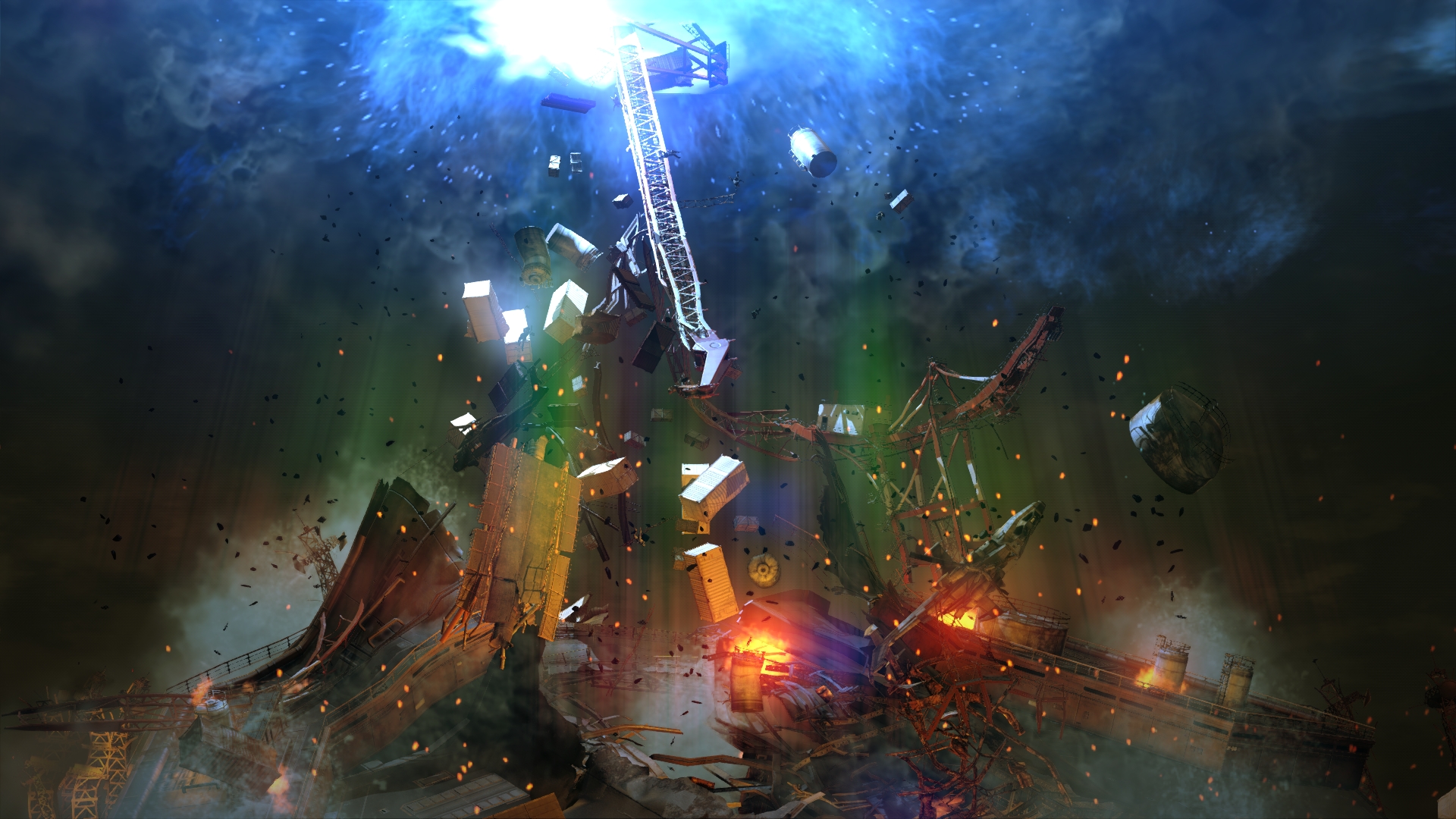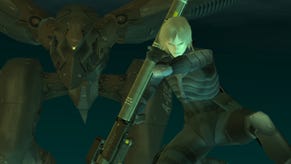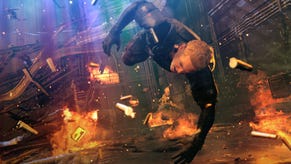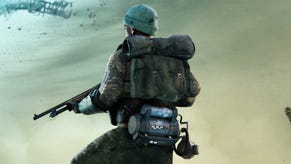Metal Gear Survive thrives in multiplayer but stumbles when playing solo
As unusual as it might be for a Metal Gear game, multiplayer looks to be the finest of Survive’s ideas.
This is a game that is starkly different in design and outlook to other entries in the series and, when played in single player, this can result in a disorientating opening few hours. When played with others, however, the joy is immediate.
In both single and multiplayer the goal, as made clear in the title, is to stay alive. Your thirst, hunger, health and stamina must be keenly cared for if you’re going to last in an environment that is as hostile as it is austere. The threats levelled at you change depending on whether you’re playing on your own or as a group, though, and it’s the nature of the multiplayer threat that makes it so enticing.
Survive takes place in an alternate reality to that of other Metal Gear games. This one features Wanderers as the primary enemy; zombie-like creatures who look and move like drunk humans other than the fact that they’ve got a large red crystal where the top of their head should. They’re sluggish and easy to deal with when single, but in a pack they’re dangerous – just like drunks. In multiplayer, of course, they attack in very large packs.
As a team of four your job is to protect a drilling rig until it has finished its task of mining the ground for the valuable Kuban Crystal that Survive adopts as its in-game currency. The drill digs three times per multiplayer session, each drilling cycle accompanied by an increasingly more challenging wave of Wanderers.
Alongside your regular sets of melee weapons and firearms you can construct walls and other obstacles to slow down the Wanderers and/or funnel them into kill zones. Your skill in placing these hurdles is more important to your overall success than your aim or the strength of your machete swings, therefore you must work as a unit if you harbour hopes of surviving and protecting your drill.
This encourages a strong sense of teamwork and it’s this that gives multiplayer its immediate power. The Wanderers are so powerful and numerous that anything other than full trust in, and understanding of, your teammates will see you fail. As such, the bond created between team members is deep and substantial. There’s little reward to be found for simply killing the most Wanderers or setting the most walls – if you don’t work as a team, no one will thrive.
Survive the entire three waves and the loot reward is enormous, giving you a much better chance of living a less dangerous single player existence thanks to the fact that resources are shared across all game modes. This is more than a minor bonus given how difficult the early going in single player can be.
The caveat to Survive’s multiplayer being superior to its solo game is that this is a long-haul adventure. As enjoyable as the immediacy of multiplayer is, it feels a little unfair to judge single player through the lens of just a handful of hours of game time. I can say that multiplayer is more enticing at this moment in my understanding of the game’s systems, but that doesn’t mean single player won’t come into its own down the line.
All the structures and ideas are there for that to happen, but some answers are needed to key concerns - not least those that revolve around keeping your health indicators at a sustainable level.
Everything you do in single player revolves around a central base, out from which you forage and hunt for food, collect resources for creating new gadgets and acquire missions that advance the narrative.
Food and water are forever on your mind due to how fast your hunger and thirst sliders drain themselves. Hunting animals for meat that can be cooked over your base’s campfire is the best way to keep a full stomach. However, the beasts of the wild are not at all easy to kill with the basic metal pole that acts as your only weapon upon starting a new game.
Instead, it’s easier to rely on foraging for vegetables. The problem is these don’t offer much sustenance and therefore force you to collect large numbers of them if you’re planning on setting off on a lengthy task, such as undertaking a mission or joining a multiplayer game.
Clean water is just as difficult to collect, but you can run the gauntlet of drinking dirty water if you get stuck. The risk being that you might take a hit to your health if you choose the wrong dirty water. Literally, it’s a lottery.
These tasks interrupt your desire to perform the more interesting jobs of completing missions and upgrading your base to a large extent early on and call into question the balance of such ideas.
Later in the game it’s entirely probable - to the point of being certain - that base and equipment upgrades will make feeding and watering yourself a much more straightforward and efficient task, but right now it feels like a chore rather than an interesting act of survival.
You might say that such chores are natural in a survival setting, but do we want games that are indulgent fantasies or those that feel like work? There’s space for both, of course, but when it comes to Metal Gear, I’d suggest most would prefer the former option.
These barriers to entry are frustrating because there’s huge potential in Survive’s outlandish ‘alternate reality’ plot to embrace the kind of craziness that Metal Gear has thrived on in its most audacious moments.
Right now those daring events do occur within a multiplayer system that forces you into acts of constant interdependence, but the single player still has something to prove if its going to provide an equally engrossing offering.
Fingers crossed that solo survival really is a slow-burner, otherwise we’ll be dedicating all of our time to multiplayer.












